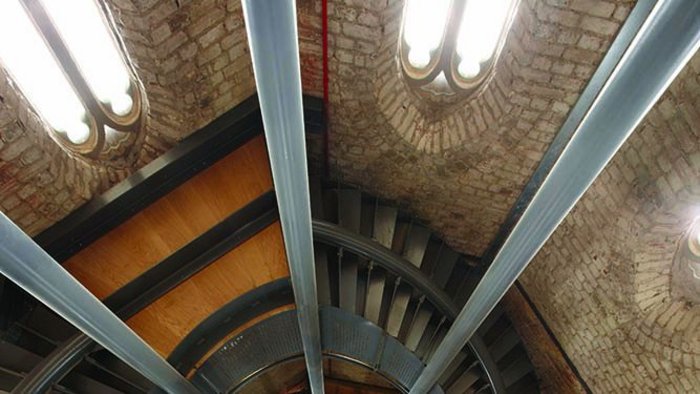RIBA Regional Awards 2014: South West / Wessex
Piers Taylor, Bath: There’s a general presumption that the provincial is less important than the metropolitan. Not so. I’ve always loved provincial architecture, as there’s more opportunity to deal with the particular. The South West – even its cities – is still defined by its landscape. Its geology and geography are almost always evident in the best architecture here; almost all the place-making stems from the physical attributes of place.
Glenn Murcutt talks of the astonishing continuity of materials in the Cotswolds that he saw as a student in 1969; where limestone was taken from ground immediately adjacent to settlements and used for roof coverings, window mullions, walls, lintels and floors. I remember driving through the Cotswolds with him in 2002, and witnessing through his eyes the tragedy of the banal new built landscape, nearly 40 years after he had been so inspired by it; seeing it now, as designed by our planning system, where a concrete block dipped in stone dust (re) constitutes an appropriate neo vernacular in the eyes of a dim-witted planning official.
This is possibly a response to over zealous and misguided futurists in the 1960s who wanted to banish all traces of the local, but either way, it is recurrently the regulatory context in which we work here, one which calls for an enforced inappropriate response to place. All too often, we need to smuggle architecture through a system that tries to banish it. We have extraordinary responsibility as architects to go beyond this, to persevere against the odds, and it is our duty with our work to endure, and show the way. Yet the question remains– how to speak of a place without retort to the obvious or the banal.
A building can help make or break a place or a community. Architecture wears its principles on its sleeve: a wonderful morality and dignity is evident in the best of it. Post industrial revolution, post postmodern, post oil, post economic stability – it was never more important for architects to produce exceptional work that speaks of its provenance.
Piers Taylor is head of Invisible Studio
Special Awards
Client of the Year: Cheltenham Borough Council (for The Wilson, Cheltenham Gallery & Museum)
Sustainability Award: Lakeshore
Conservation Award: Porthmeor Artist’s Studios and Fishermen’s Cellars
Small Project: Royal William Yard Staircase
Building of the Year: Officer’s Field
Emerging Architect: Annie Martin Architect
Architect of the Year: Gillespie Yunnie Architects


